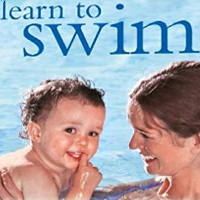
Hélène van den Broek
I am Hélène and this is my dog Chacho. I left Holland, to start a new life on La Palma.
I love to be outdoor and coach 50+ active people especially woman. The coaching will be 1:1 and based on the activity they personally like.
For example stargazing on the Mountain, cycling, walking, visit special places, making music with locals etc.


































